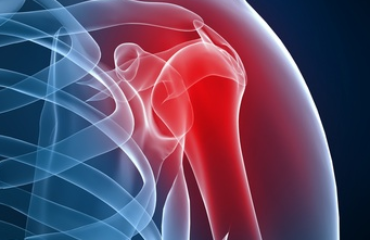Arthroscopic Subacromial Decompression is a surgical procedure that is performed by Phoenix shoulder surgeons to relieve the symptoms of shoulder impingement syndrome. It’s a minimally invasive surgery in which the surgeon makes only a few incisions, the patient feels minimal pain during and after the procedure and the recovery process is fast. 
Arthroscopic Subacromial Decompression has a very high success rate and 85% of the patients who have undergone the procedure have reported relief from their shoulder pain and a considerable improvement in shoulder movement.
What Is Shoulder Impingement Syndrome?
Shoulder impingement syndrome is a condition in which the rotator cuff muscle present in the shoulder develops a tear. The cause of this tear is either the formation of bone spurs or bursitis which inflames the muscle and starts causing pain while movement. People who mostly work with their hands in an upright position over their heads are most at risk of developing this condition.
The symptoms of shoulder impingement syndrome include acute pain while lifting the arm over the head, having trouble sleeping when lying on the shoulder that has been affected and difficulty in turning the shoulder in a backward motion like when reaching into a back pocket. If these symptoms linger on for a few days and do not subside with the use of painkillers or rest then you might need Arthroscopic Subacromial Decompression to get relief from your pain.
How Is Arthroscopic Subacromial Decompression Performed?
This surgery is performed using arthroscopic tools which do not require large incisions. The Phoenix orthopedic surgeon will make a total of two incisions each of only 5mm, one in the deltoid muscle to check for the tear and any other ligament or tendon damage that might have occurred and the other just above the rotator cuff muscle for smoothing the bone spur that is responsible for the tear. The whole process takes only a few hours and the patient is allowed to go home after the surgery is done.
Recovery Time after the Surgery
The recovery period of Arthroscopic Subacromial Decompression is a short one. Most of the patients recover from the surgery within weeks of undergoing the procedure and can resume their normal activities. However, doctors suggest that in the first week after the surgery, the muscle is allowed to rest and the shoulder be put in a sling to avoid excessive movement. After the first week, the patient can start doing lightweight lifting up to his waist. Shoulder strengthening exercises can be started after a few weeks to regain full shoulder control.
activities. However, doctors suggest that in the first week after the surgery, the muscle is allowed to rest and the shoulder be put in a sling to avoid excessive movement. After the first week, the patient can start doing lightweight lifting up to his waist. Shoulder strengthening exercises can be started after a few weeks to regain full shoulder control.
What Are the Risks Involved With this Surgery?
As is the case with all surgical procedures, there are some risks involved with Arthroscopic Subacromial Decompression as well. However, these risks are not of a very serious nature.
- The patient might get an infection during the surgery.
- Excessive bleeding can happen from the incisions.
- There is a slight risk of injury to the shoulder surface, blood vessels and the nerves.
- The patient might develop a condition called frozen shoulder after the surgery.



